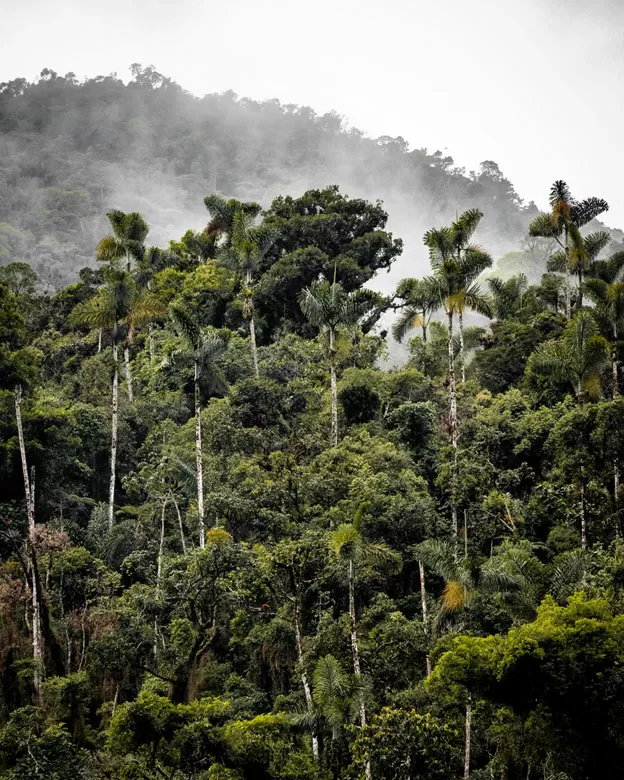The Amazon Rainforest, also known as the Amazon Basin, is one of the most biodiverse and culturally rich regions in the world. Spanning over 2.1 million square miles across South America, it is home to countless species of flora and fauna, traditional indigenous communities, and vital ecosystems. However, despite its immeasurable value, the Amazon is at a critical juncture. The challenges it faces threaten not only its future, but also the livelihoods and well-being of those who rely on its resources.
One of the major threats to the Amazon is poverty. Despite being home to a vast array of natural resources, many of the communities living within the rainforest struggle with poverty and lack basic necessities such as food, clean water, and healthcare. This not only affects their quality of life but also hinders their ability to develop and thrive. Without the means to access education and economic opportunities, these communities are forced to rely on unsustainable practices such as illegal logging and mining to survive. This results in deforestation and damage to the environment, perpetuating a vicious cycle of poverty and environmental degradation.
In addition to poverty, the Amazon also faces a high level of inequality. This is most evident in the concentration of land ownership and resources in the hands of a few, while the majority of the population struggles to make ends meet. This inequality exacerbates the already existing socio-economic disparities and prevents equal opportunities for all. It also contributes to the exploitation of the Amazon’s resources, leading to environmental degradation and conflicts over land rights.
Furthermore, the Amazon faces a multitude of environmental challenges that threaten its future. Deforestation, illegal mining, and pollution from industrial activities are some of the main culprits. These activities not only harm the delicate balance of the ecosystem but also contribute to climate change. The Amazon plays a crucial role in regulating the Earth’s climate, absorbing large amounts of carbon dioxide and producing oxygen. However, the degradation and destruction of the rainforest has severely compromised its ability to do so, resulting in a negative impact on the global climate.
The consequences of environmental degradation and climate change are also felt by the communities living in the Amazon. The severe weather events, such as floods and droughts, and changes in rainfall patterns disrupt their traditional ways of life and threaten their food security. Many rely on the rainforest for their food, but with the loss of biodiversity and damage to ecosystems, their food sources are becoming scarce. This not only affects their health and well-being but also their cultural practices and traditions that are deeply intertwined with the natural environment.
The critical state of the Amazon calls for urgent action from governments, businesses, and individuals alike. We must acknowledge the vital role the Amazon plays in our planet’s health and take steps to protect it. Governments must prioritize sustainable and inclusive development policies that address poverty and inequality in the region. This includes providing access to education and economic opportunities for all, protecting the rights of indigenous communities, and promoting sustainable livelihoods such as agroforestry.
Businesses also have a responsibility to operate in an environmentally and socially responsible manner. This means minimizing their impact on the rainforest and supporting sustainable practices within their supply chains. Consumers also have a role to play by choosing to support companies that prioritize the protection of the Amazon and its people.
Individual actions, no matter how small, can also make a difference. We can reduce our carbon footprint by making conscious choices such as using public transportation or opting for sustainable products. We can also support organizations and initiatives that are working towards protecting the Amazon and its communities.
At this critical juncture, we must come together to save the Amazon. It is not just a matter of preserving a biodiverse region, but also the livelihoods and well-being of its inhabitants. Let us remember that the Amazon is not just a source of resources, but also a home to millions of people who have lived in harmony with the rainforest for centuries. Their knowledge and practices can provide valuable insights for sustainable coexistence with nature. By protecting the Amazon, we are also protecting our planet and the future of generations to come. Let us act now before it’s too late. The time to act is now.



